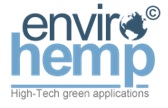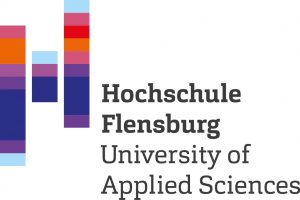Halophytes and their residues after biorefining for biochar production
Lignin polymer a recalcitrant residue turned into added value materials for filtering applications.
The AQUACOMBINE project investigates the full valorisation of halophyte plants to produce food, bioactive compounds, bioenergy, and biochar. An integral use of the halophyte plant is of key importance for the overall profitability of this innovative crop and enables reaching a close to zero waste-balance. One important barrier to reach this goal is to deal with the most recalcitrant components of the plant. Lignin is, by weight, the major recalcitrant fraction of the halophyte plant that cannot be transformed into biogas. In the AQUACOMBINE’s biorefining scheme, the solution is to separate lignin from the woody parts of the plant via a selective process named ‘organosolv’. This process leaves most of the non-recalcitrant components (mainly cellulose) in the main stream ready for biogas production. Then a separate process of treatment at high temperature (i.e., pyrolysis) under carefully selected conditions is used to transform the lignin granulates into a porous carbon material known as activated carbon. This product finds commercial application as filtering media for purification of water and air streams. As such, it can be used as filler media in filters for the purification of water streams generated in the hydroponic systems that are used for the cultivation of the halophyte plants. This approach not only provides a circular economy approach to the halophyte crop, but it also contributes to develop a commercially viable product obtained out of the main recalcitrant component of the plant.

Contact:

Manuel Roman
Envirohemp S.L., Spain
project@envirohemp.com

Prof. Paul Christakopoulos
Luleå University of Technology, Sweden
paul.christakopoulos@ltu.se
Acknowledgement
This project has received funding from the European Union’s Horizon 2020 research and innovation programme under Grant Agreement No 862834. Any results of this project reflects only this consortium’s view and the European Commission is not responsible for any use that may be made of the information it contains.


















